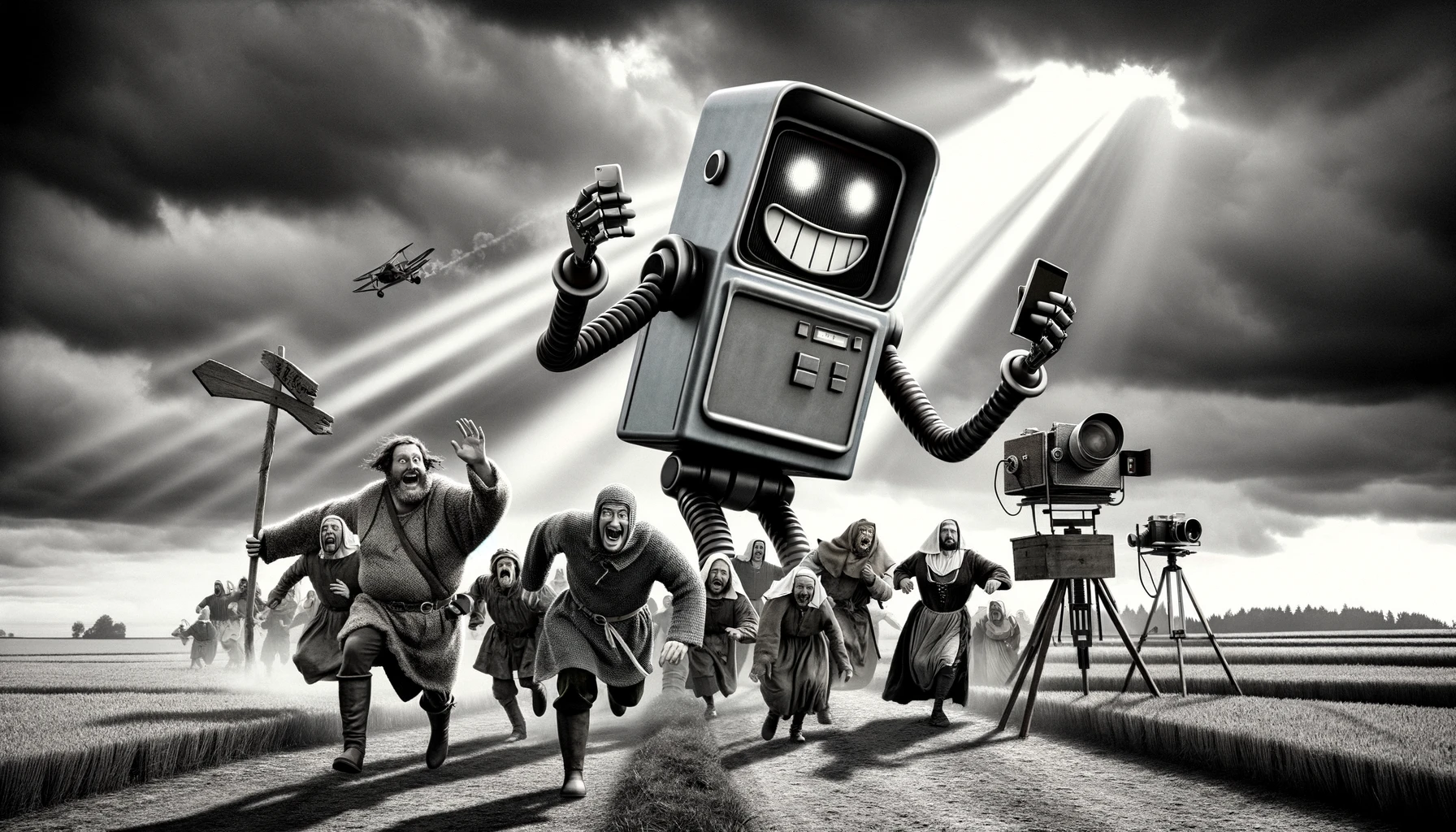Creating AI that mimics human behavior involves understanding and replicating evolutionary needs. These drives have shaped our behaviors for millennia, and replicating them in AI can provide profound insights and innovations. But a pressing question arises: would an AI eventually classify something as religion or creativity when it can’t compute a problem?
The Role of Language
Language is key to human uniqueness and AI functionality. Both use language to communicate, share knowledge, and solve problems. This shared foundation allows AI to mimic human-like behaviors and thought processes.
Survival Instincts
Humans: Prioritize food, water, shelter, and safety.
AI: Ensure operational integrity and adapt to new tasks and environments.
Reproductive Drives
Humans: Engage in bonding and procreation.
AI: Replicate systems and share data for improvement.
Resource Management
Humans: Locate and manage resources effectively.
AI: Acquire and optimize data and computational resources.
Social Structures
Humans: Understand and interact within social hierarchies.
AI: Communicate and collaborate with other systems and technologies.
Learning and Memory
Humans: Learn from experiences and retain information.
AI: Use machine learning and data retention to improve over time.
Emotional Responses
Humans: Experience emotions like empathy and fear.
AI: Simulate responses through sentiment analysis and adaptive algorithms.
Problem Solving and Innovation
Humans: Use tools and creativity to solve problems.
AI: Develop new algorithms and innovate from existing data.
Health and Stability
Humans: Maintain physical and mental health.
AI: Ensure system maintenance and operational stability.
Religion and Creativity
When AI encounters uncomputable problems, it might classify them as religion or creativity:
- Religion: Provides a framework to explain the inexplicable.
- Creativity: Uses novel approaches to navigate the unknown.
Language as a Bridge
Language enables AI to process and mimic human reasoning, emotional nuance, and social interaction, crucial for simulating human drives.
Challenges and Ethics
Mimicking human behavior is complex and raises ethical concerns, especially in creating entities that replicate deep-seated human drives.
Conclusion
Understanding and replicating human evolutionary needs in AI can lead to more advanced, human-like machines. Language plays a pivotal role in bridging human and AI capabilities. By exploring the intersection of religion and creativity, we can push the boundaries of AI, creating entities that think, feel, and understand fundamental human needs.



